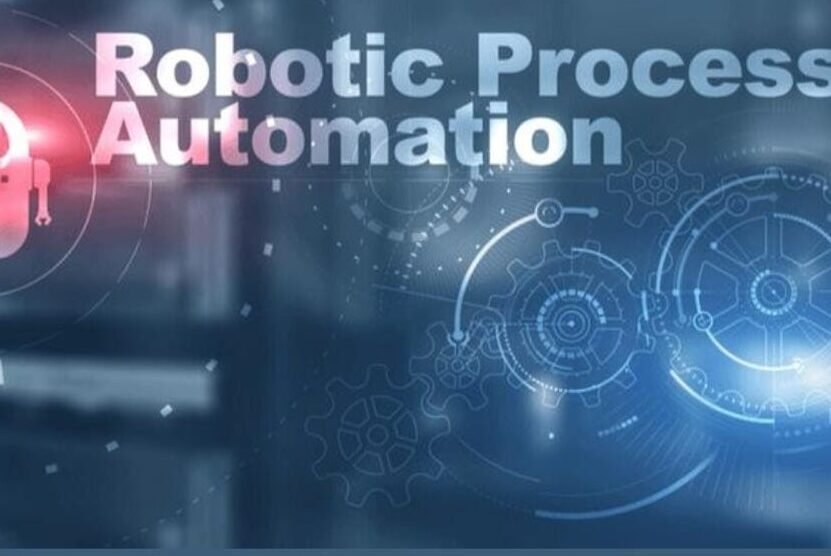Difference Between Automation and Robotics
In today’s rapidly advancing technological landscape, terms like automation and robotics are often used interchangeably. While they share similarities, they represent distinct concepts with unique roles in industries, workplaces, and everyday life. Understanding the difference between the two helps businesses, professionals, and even consumers make better decisions about technology adoption.What is the difference between automation and robotics.
What is Automation?
Automation refers to the use of technology to perform tasks with minimal human intervention. The focus is on creating systems that can work independently or semi-independently to increase efficiency, accuracy, and productivity.
Automation can be:
Software-based (Process Automation): This involves computer programs that execute repetitive digital tasks, such as data entry, invoice processing, or email sorting. Tools like RPA (Robotic Process Automation) fall under this category.
Hardware-based (Industrial Automation): This includes mechanical and electrical systems used in manufacturing, such as conveyor belts, assembly line systems, and CNC machines.
In essence, automation is not necessarily about physical machines. It is about systems that can follow pre-programmed instructions without continuous human involvement.
Example: An automated banking system that allows customers to withdraw money from an ATM without the need for a human cashier.
What is Robotics?
In contrast, robotics focuses specifically on the design, creation, and application of robots—machines that are able to carry out physical tasks. A robot is a programmable machine equipped with sensors, actuators, and controllers that enable it to interact with its environment.What is the difference between automation and robotics.
Robots can be:
Industrial Robots: Used in manufacturing to weld, paint, or assemble components.
Service Robots: Designed to assist humans, such as cleaning robots, delivery robots, or healthcare robots.

Humanoid Robots: Built to resemble and sometimes mimic human actions, like Sophia or Honda’s ASIMO.
Robotics focuses on building physical machines that can move, manipulate objects, and sometimes make autonomous decisions based on Artificial Intelligence (AI) and machine learning.
Example: A robotic arm on a car production line that welds car parts with precision.
Key Differences Between Automation and Robotics
Scope of Application
Automation can exist without robots. For example, a software script that sorts emails is automation but not robotics.
Robotics always involves machines or mechanical devices that perform similar tasks.
Nature of Technology
Automation emphasizes processes, systems, and workflows.
Robotics emphasizes physical machines and mechanical capabilities.What is the difference between automation and robotics?
Dependency
Robotics often uses automation to function. For instance, an industrial robot is programmed with automated instructions.
Automation does not always require robots; it can be purely software-driven.
Examples in Daily Life
Automation: Online chatbots, ATMs, traffic light control systems.
Robotics: Vacuum cleaning robots, robotic surgical arms, warehouse robots.
Relationship Between Automation and Robotics
Although different, automation and robotics are closely related. In fact, the integration of the two drives modern industry forward. A robot without automation is just a machine waiting for manual input, while automation without robotics is limited to software or simple mechanical systems.
For example, in a smart factory, robotic arms perform physical assembly while automation software schedules production, tracks supply, and ensures quality control. Together, they create a fully integrated system known as Robotic Process Automation (RPA) in digital environments or Smart Manufacturing in physical industries.
Why Understanding the Difference Matters
For businesses, distinguishing between automation and robotics helps in making the right investments. A company dealing with large volumes of data may benefit more from automation software, while a manufacturing unit requires robotics for physical assembly.
For professionals, understanding the difference opens career opportunities in specialized fields. Automation engineers focus on software and workflow optimization, while robotics engineers design, build, and maintain robotic systems.
Automation and Robotics in Industry 4.0
Benefits and Advantages of Automation in Industry 4.0

The integration of IoT, artificial intelligence, and big data into manufacturing and production is referred to as Industry 4.0. Automation in this era offers significant benefits, including higher efficiency, reduced errors, and optimized resource usage. Automated systems ensure consistent quality, faster production cycles, and lower operational costs.They also make the workplace safer because fewer people are involved in risky activities.Most importantly, automation allows industries Quickly adapting to changing market demands through flexible and data-driven processes.
Different Types of Industrial Automation
There are four main kinds of industrial automation:
Fixed Automation – Used for mass production with dedicated equipment, such as automotive assembly lines.
Programmable Automation – Ideal for batch production, where machines can be reprogrammed for different tasks.
Flexible Automation – Provides adaptability, allowing quick changes in production processes without major reprogramming.
Integrated Automation – A fully computerized system where processes, controls, and data management are interconnected for seamless operation.
The Future of Robotics and Automation
The future lies in the fusion of robotics, AI, and automation, creating intelligent and autonomous systems. Smart factories will rely heavily on collaborative robots (cobots) that work alongside humans, while AI-powered automation will drive predictive maintenance, supply chain optimization, and personalized manufacturing. This synergy will redefine productivity and transform industries worldwide.What is the difference between automation and robotics?
What is the newest technology coming out?
Does Darling Satellite need a technician?
Conclusion
Automation and robotics are two sides of the same technological coin, but they serve different purposes. Automation is about streamlining processes—whether in digital or physical form—while robotics is about building machines that perform tasks in the real world. When combined, they create powerful systems that transform industries, improve efficiency, and redefine human productivity.What is the difference between automation and robotics.
In short, automation is the brain that defines what needs to be done, while robotics provides the hands and body to carry it out.
